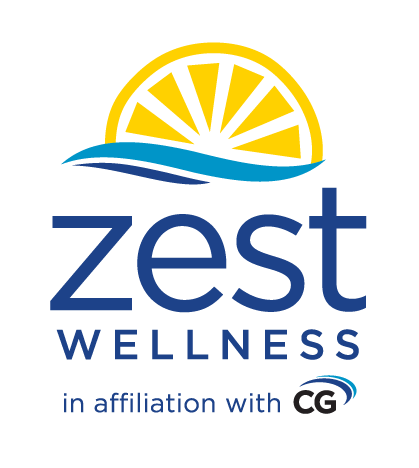The Three Parts to Nutrition Labeling
Nutrition labels help us understand what is in the food when choosing a food product. There are three parts to nutrition labels as you make informed decisions based on what the labels are telling you. After reading this blog article and understanding the three parts of nutrition labeling, you can learn about a food’s nutritional composition and be aware that food marketing can influence your choices!
The first part is the list of ingredients. Ingredients are listed in descending order by their weight. This means that a food contains more of the ingredients found at the beginning of the list and less of the ingredients at the end of the list. The list of ingredients list also provides important information for people with food allergies and sensitivities (including sulfites and gluten) to certain ingredients in foods. Remember to be on the lookout for sugar-based ingredients, including glucose-fructose.
The second part to share is the nutrition facts table. The nutrition facts table has several purposes such as comparing the serving size to the amount of food you eat and deciding if a food contains a little or a lot of a nutrient. Even if the two serving sizes when appearing two products do not appear to be similar, you can still compare the two products if the weights are similar to make informed food choices. The nutrition facts table contains the following information: serving size, calories and core nutrients, % daily value, and quantity (milligrams (mg), grams (g)). The footnote at the bottom of the nutrition facts table contains a quick rule of thumb for % daily value amount: 5% daily value or less of a nutrient is ‘a little’ and 15% daily value or more of a nutrient is ‘a lot’.
The third and final part is the health claims. Health claims and voluntary and they provide information about nutrients that the manufacturer wishes to highlight. To reference the second part, each and every nutrient that is subject to a claim appears in the nutrition facts table. For health claims in the form of nutrition content, they describe broadly the amount of a nutrient in a food. Nutrient content claims can help you choose foods that contain a nutrient you may want more of, such as “source of fiber”, “high in Vitamin A” or “good source of iron”, and “excellent source of calcium”. Conversely, nutrient content claims can also help you choose foods that contain a nutrient you may want less of, such as “sodium-free” or “trans-fat free”, “low fat”, and “reduced in calories”. Health claims can also be in the form of disease risk reduction and describe the potential health effects of a food product when consumed as part of a healthy diet to reduce the risk of chronic diseases. An example of a disease risk reduction claim is, “a healthy diet rich in a variety of vegetables and fruit may help reduce the risk of heart disease”, or “replacing saturated fats with polyunsaturated and monounsaturated fats from vegetable oils helps lower cholesterol.”
You may speak to your CG Zest Wellness Coordinator to incorporate nutrition labeling into your wellness program. To help track your healthy eating, you may also be eligible for the CG Zest Wellness platform, powered by Virgin Pulse. The enrollment link for the platform can be found here: https://cgzestwellness.com/.
Source: Health Canada and the Canadian Food Inspection Agency









